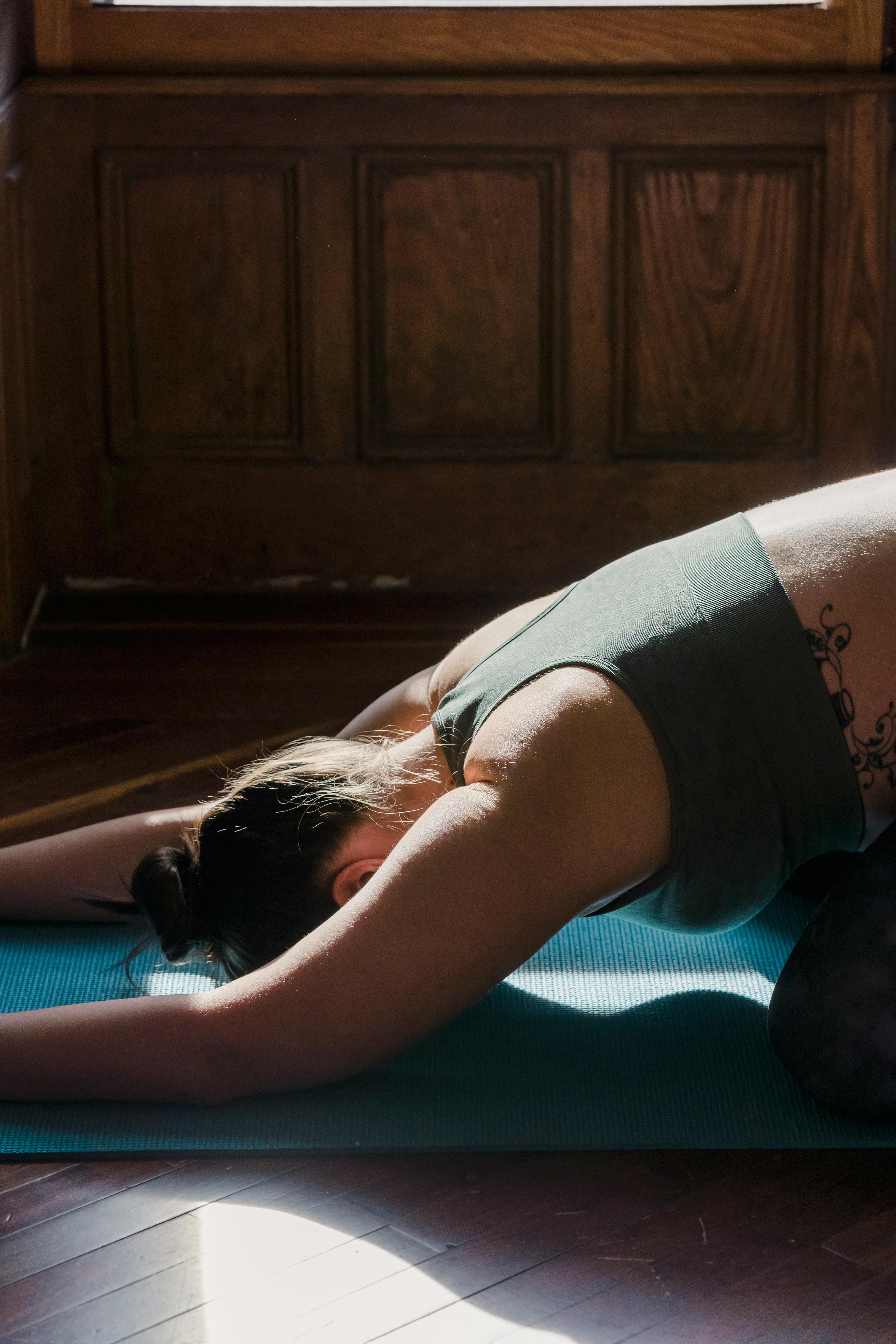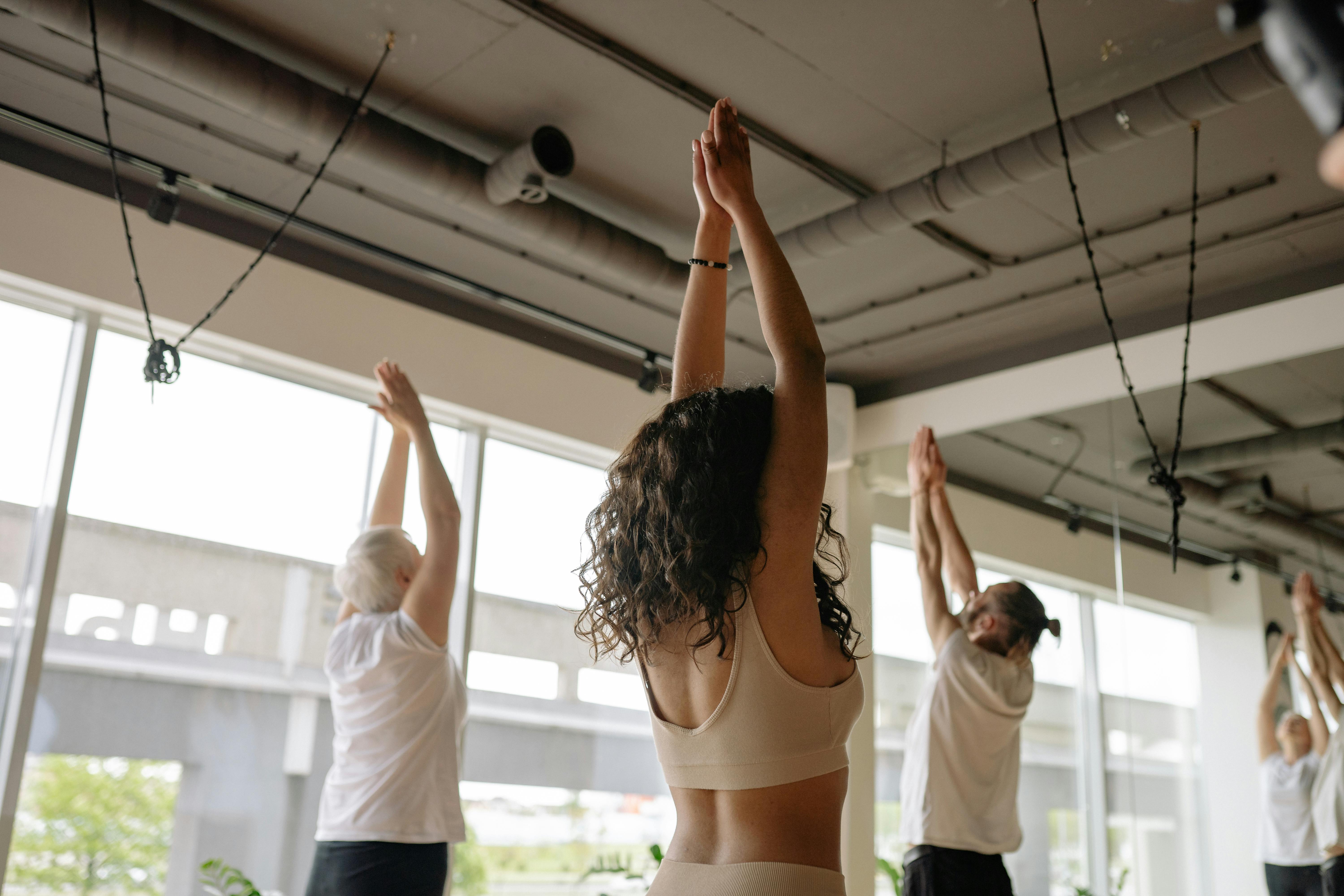How Exercise Affects Eczema: The Good, the Bad, and the Sweaty
Oct 24, 2025
If you live with eczema, you already know how unpredictable it can be. Exercise, something that’s supposed to make you feel stronger and healthier, sometimes leaves you itchy, overheated, and frustrated. Sweat stings. Heat makes flare-ups worse. Tight workout clothes rub your skin raw. It can feel like you have to choose between staying active and staying comfortable.
But here’s the truth: you don’t have to give up movement to protect your skin. With the right strategies, exercise can actually become part of your eczema-healing routine. Let’s explore how workouts affect eczema, why flare-ups happen, and most importantly—what you can do to move with confidence and comfort.
Why Exercise Matters for Eczema
Exercise isn’t the problem—it’s the unmanaged triggers that come with it. When done thoughtfully, working out offers powerful benefits for eczema:
- Better circulation: More oxygen and nutrients reach your skin, helping it repair itself.
- Stress reduction: Since stress is one of the biggest eczema triggers, activities like yoga or walking can directly calm your nervous system.
- Immune support: Regular exercise helps balance your immune system, which plays a key role in how often flare-ups occur.
- Improved sleep: Movement helps you sleep deeper, giving your skin time to heal overnight.
Mindset shift: Exercise isn’t your enemy. It’s a tool—one that needs to be adapted to fit your skin’s unique needs.

Why Workouts Sometimes Trigger Flare-Ups
Some workouts leave your skin worse instead of better, usually because of heat, sweat, friction, and environmental factors:
- Sweat and salt: Sweat itself isn’t harmful, but when it dries, the salt can irritate broken or sensitive skin.
- Heat buildup: Warm environments or intense exercise can spike body temperature, triggering itching and redness.
- Histamine response: Increased blood flow during workouts can activate histamines, which worsen itching.
- Friction: Tight clothing or rough fabrics trap sweat and rub against skin, leading to irritation.
- Dry air: Gyms or cold-weather workouts can dehydrate the skin barrier, making it more vulnerable.
The good news? Once you understand these triggers, you can outsmart them.
Smart Strategies for Exercising With Eczema

1. Prep Your Skin Before You Move
- Apply a thick, fragrance-free moisturizer 30 minutes before exercise.
- Use a thin layer of petroleum jelly or balm on high-friction areas (like elbows or under straps).
- Pack a hypochlorous acid spray (like Force of Nature) to refresh skin, sanitize hands, or calm irritation on the go.
2. Choose Skin-Friendly Workout Gear
- Stick to loose, breathable fabrics like bamboo or cotton.
- Avoid synthetic blends or harsh dyes that trap sweat.
- Wash all new clothes before wearing to remove chemical residues.
3. Manage Sweat and Heat
- Gently pat (don’t rub) sweat with a soft towel.
- Take short breaks to cool down if itching starts.
- Rinse off and shower after exercise using a mild, fragrance-free cleanser.
- Carry your own wipes: Instead of using standard gym wipes, bring hypochlorous acid (HOCl) wipes. They’re gentle, safe for sensitive skin, and disinfect surfaces without harsh chemicals or fragrances.
- Keep cool on the move: Use a small battery-operated fan at each station, wear a neck fan, or sip ice water to lower body temperature from the inside.
4. Pick the Right Workouts
Some workouts are naturally more eczema-friendly:
- Low-sweat movement: Yoga, Pilates, tai chi, light walking.
- Water-based workouts: Swimming in saltwater or well-maintained pools (rinse afterward).
- Cool-weather cardio: Biking, hiking, or brisk walking outdoors.
5. Soothe and Recover Post-Workout
- Moisturize immediately after showering to lock in hydration.
- Use a cold compress or HOCl spray on hot, itchy patches.
- Hydrate with water or herbal teas to replace lost fluids.
What If Itching Disrupts Your Workout?
Intense itching during exercise can be discouraging, but it doesn’t have to cut your session short.
- Pause and cool down: Step outside, stretch, or slow your pace.
- Soothe fast: Apply moisturizer or use your hypochlorous spray.
- Adapt, don’t quit: If high-intensity workouts always trigger you, shift toward gentler, consistent movement.

The Takeaway: Exercise as a Healing Tool
Living with eczema means learning how to adapt—not avoid. Exercise doesn’t have to be something you dread. With mindful preparation, skin-friendly clothing, sweat management, and a calming post-workout routine, you can enjoy movement without fear of flare-ups.
Your skin deserves care, but so does your body. By creating an eczema-friendly fitness plan — complete with personal HOCl wipes, fans, ice water, cooling breaks, and gentle clothing — you’ll reduce flare-ups while building strength, resilience, and confidence.
Start small: pack a workout kit with moisturizer, a towel, hypochlorous spray, and your personal cooling tools. That one step can make your next workout a healing, not hurting, experience.
GET THIS FOR FREE!
The Ultimate Anti-Inflammatory Recipe Guide: Clear Your Skin & Boost Your Health Naturally
We hate SPAM. We will never sell your information, for any reason.

